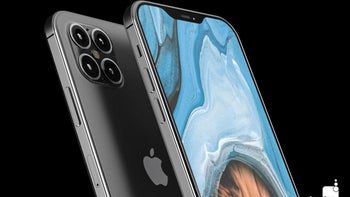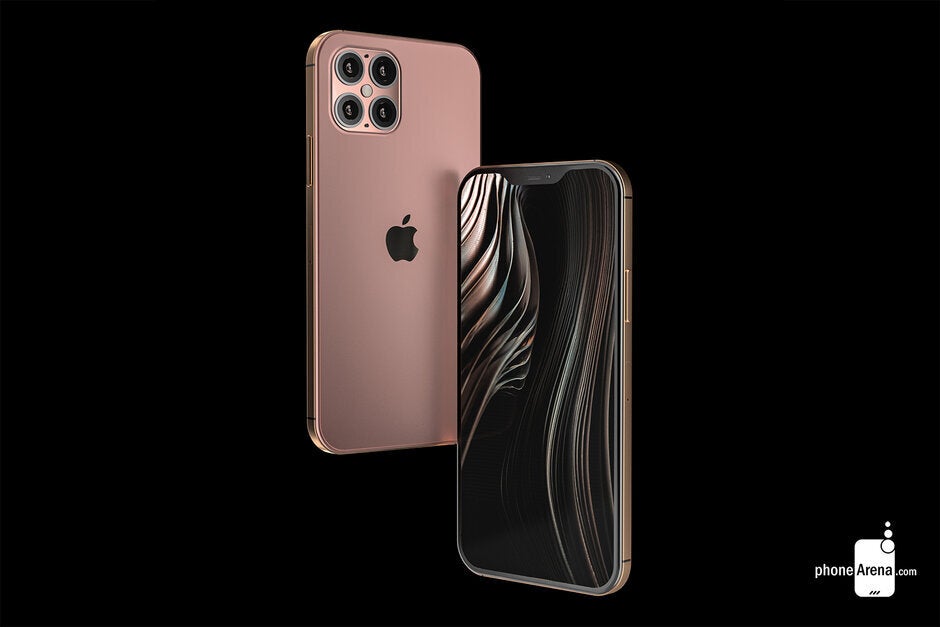Top analyst says 2020 5G Apple iPhones are running late; iPhone SE pre-orders top estimates

Earlier today, we told you that Apple plans on building 213 million iPhone units between April 2020 and March 2021. While up 4% from the 205 million built last year, stronger demand isn't the reason for the increase. Apple simply wants to stockpile certain components in case they become impossible to obtain because of the global pandemic. But according to Seeking Alpha, a new report issued by Japanese brokerage house Nomura says that when it comes to the new 2020 5G Apple iPhone models, the company is falling behind schedule.
Nomura says that Apple is running "4 to 6 weeks late" on the iPhone 12
Nomura analyst Jeffrey Kvaal says that Apple is "running four to six weeks late" on the iPhone 12. This could push back the release of the first 5G iPhone models to October or November. Earlier this month, Apple's top assembly partner Foxconn said that the iPhone 12 series would be ready in time for the holiday shopping season. Also weighing in on a possible iPhone 12 delay is TF International analyst Ming-Chi Kuo.

Two analysts say that the Apple iPhone 12 series is running late
According to 9to5Mac, the usually reliable Kuo says that Apple has started the online qualification process for the new models and because of the pandemic, the company has no choice but to turn certain tasks over "to local employees" on the ground in China. And this, according to the crystal ball wielding Kuo, will delay engineering verification testing of the 2020 iPhone models by one month.
Kuo also revealed that with four different models on the way, each one will be manufactured on a staggered basis. The iPhone 12 and iPhone 12 Plus (carrying a 5.4-inch and 6.1-inch screen respectively) will be mass assembled in September. Because the 6.7-inch iPhone 12 Pro Max has the most complicated design, Apple won't be rolling this model off of the assembly line until October, notes the analyst.
But Kuo also left a huge question mark in his report. He noted that there has been a big change in the design of the mmWave antenna used to capture 5G signals. He wrote, "The mmWave iPhone will be pushed back because the design of the antenna in package (AiP) changes in early April. Additionally, the test lab is closed and can’t offer qualification process services. If the pandemic can’t be controlled well until July, then we think that the shipment allocation of mmWave iPhones will decrease to 5–10% from 15–20%." But the latest word we passed along earlier this year was that all four phones will support both high-band mmWave 5G signals and sub-6GHz 5G networks, so we're not entirely sure what Kuo means.
As for the second-generation iPhone SE, which will be released this coming Friday, Kuo said that the first weekend of pre-orders topped expectations. But he quickly tempered that statement by pointing out that expectations were not high to begin with. He expects 12 million to 14 million units of the new iPhone SE to ship during the current quarter followed by an additional 10 million in the third quarter. That works out to a total of 22 million to 24 million units delivered this year, a far cry from his original estimate that 30 million to 40 million iPhone SE handsets would be shipped this year.
Still, pre-orders did top expectations as low as they were. And as Kuo points out, in the middle of this pandemic consumers are likely to purchase a lower-priced phone or not buy a new one at all. As a result, the analyst sees better than expected iPhone SE pre-orders translating into less demand for the currently available iPhone 11 series.
After turning the lead tip of his pencil into a nub with all of these calculations, Kuo now expects the COVID-19 outbreak to result in a 30% shortfall in Apple's second-quarter iPhone shipments.













Things that are NOT allowed: